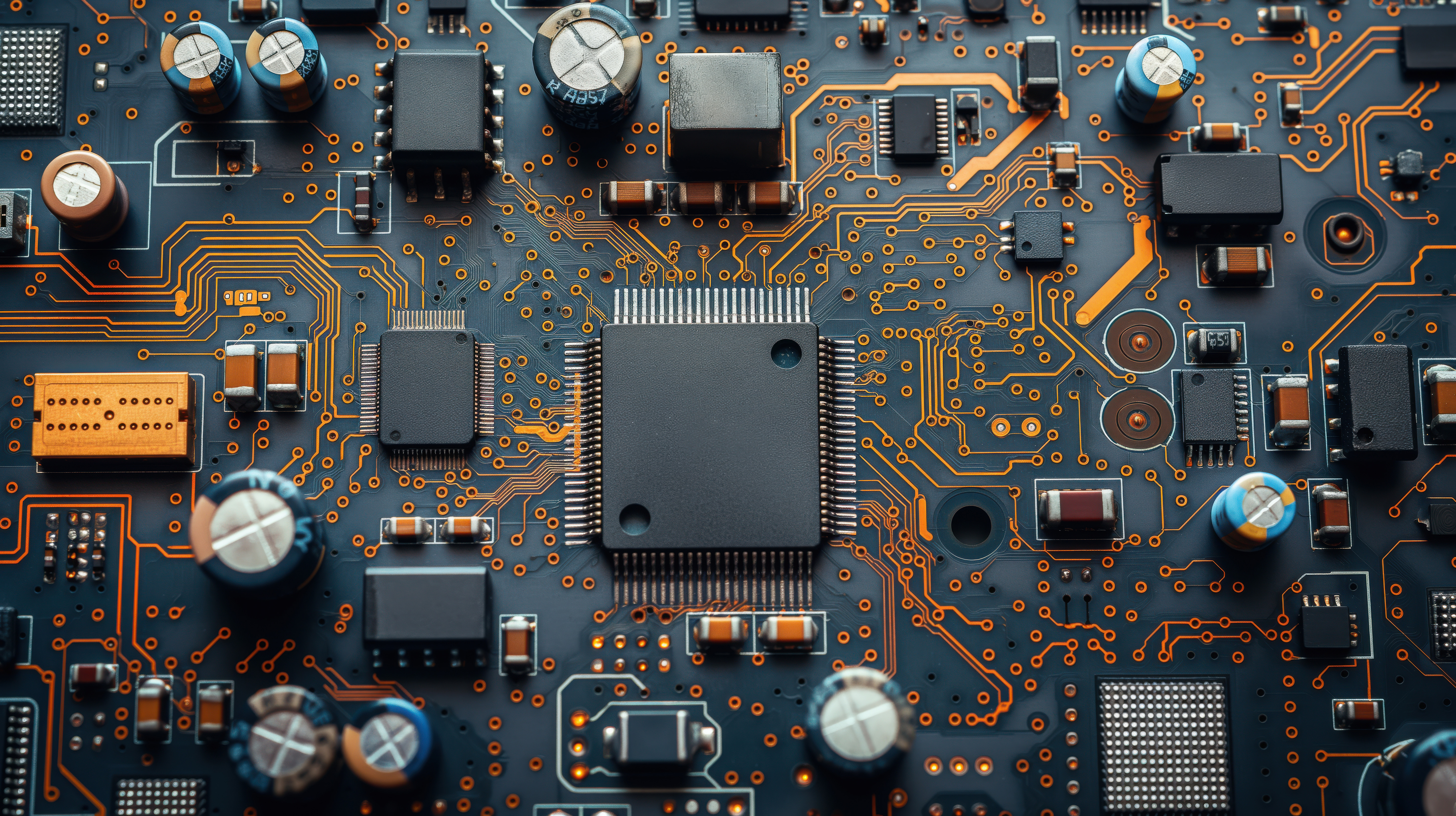Programming
Programming is essential in electronics design, where software tools and techniques are used to develop, simulate, and verify electronic systems. This includes writing code for embedded systems, designing electronic circuits, and using software tools to enhance the design process.
Hardware Programming
Hardware Programming involves coding that directly interacts with physical components, enabling the control and configuration of devices at a low level. It is crucial for systems that require direct manipulation of hardware, including embedded systems, microcontrollers, and programmable logic devices like FPGAs (Field-Programmable Gate Arrays).
FPGA Development: Writing code using languages like VHDL or Verilog to configure the logic in FPGA chips for custom hardware solutions.
Firmware Development: Creating low-level software for microcontrollers and other embedded devices to control specific hardware functionalities.
Device Drivers: Developing drivers that allow operating systems to interface with hardware components like sensors, displays, and communication modules.
Low-Level Programming: Writing code in languages such as C or assembly to manage hardware resources efficiently and ensure real-time performance.
Software Programming in Electronics Design
Software Programming in electronics design focuses on using software tools and languages to aid in the design, simulation, and validation of electronic systems. This involves programming environments, simulation tools, and design automation tools that facilitate the creation of robust electronic designs.
EDA Tools: Using Electronic Design Automation (EDA) software such as Cadence, Altium Designer, and Mentor Graphics for designing and simulating electronic circuits and systems.
Simulation and Verification: Employing software tools to simulate circuit behavior, verify design integrity, and detect potential issues before physical implementation.
Schematic Capture: Using tools to create and manage circuit schematics, ensuring accurate representation of electronic designs and facilitating easier modifications and updates.
Hardware Description Languages (HDL): Writing code in VHDL or Verilog for describing the behavior and structure of electronic systems, which is then used to program FPGAs and other digital devices.
Embedded Software Development: Developing software that interacts with hardware components in embedded systems, including real-time operating systems (RTOS) and low-level drivers.
In conclusion, Software Programming in electronics design is integral to modern electronics engineering, enabling the efficient creation, simulation, and verification of electronic systems. By leveraging software tools and techniques, engineers can enhance the design process, ensure accuracy, and accelerate development cycles.
